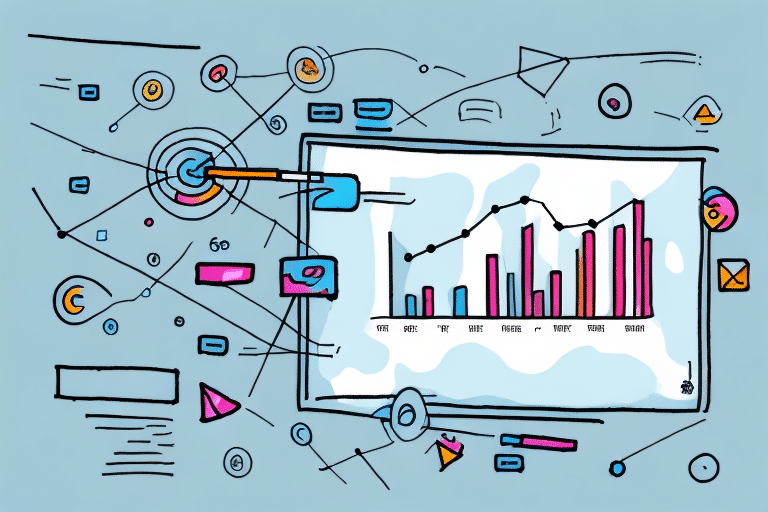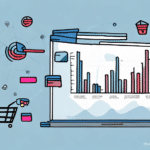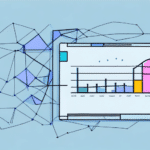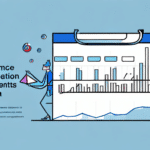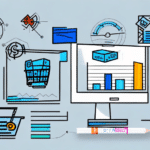Understanding Customer Retention Rate and Churn Rate
As a business owner, understanding the difference between customer retention rate and churn rate is essential. These metrics are crucial indicators of your business's health and success. Customer retention rate measures the percentage of customers who continue to use your product or service over a specific period, while churn rate calculates the percentage of customers who leave your business during the same period.
The Impact of Retention and Churn Rates on Your Business
Why Customer Retention is Critical
The success and growth of your business heavily depend on how well you can retain your customers. High customer loyalty and repeat business are key indicators of a thriving business. According to a study by Harvard Business Review, increasing customer retention by just 5% can increase profits by 25% to 95%.
Negative Impacts of High Churn Rates
A high churn rate can severely harm your business by translating into a significant loss of revenue. Acquiring new customers typically costs five times more than retaining existing ones, as highlighted by Forbes. Additionally, high churn rates may indicate underlying issues with your product or service, leading to lower customer satisfaction and damaged brand reputation.
Calculating and Analyzing Retention and Churn Rates
How to Calculate Customer Retention Rate
Calculating your customer retention rate is straightforward. Use the following formula:
Customer Retention Rate = ((CE - CN) / CS) × 100
Where:
- CE = Number of customers at the end of the period
- CN = Number of new customers acquired during the period
- CS = Number of customers at the start of the period
How to Calculate Churn Rate
To calculate churn rate, use the following formula:
Churn Rate = (Customers Lost during Period / Total Customers at Start of Period) × 100
Monitoring both rates is crucial as they provide insights into customer behavior and business performance. A comprehensive analysis can reveal trends and inform strategies to enhance customer satisfaction and loyalty.
Strategies to Improve Customer Retention and Reduce Churn
Enhancing Customer Service
Providing exceptional customer service is one of the most effective ways to retain customers. This includes promptly addressing inquiries and complaints, offering personalized solutions, and showing appreciation for their business.
Implementing Loyalty Programs
Offering loyalty programs or incentives encourages repeat purchases and fosters customer loyalty. Programs such as discounts, rewards points, and exclusive access to new products can significantly boost retention rates.
Improving Product or Service Quality
Ensuring that your product or service consistently meets or exceeds customer expectations is vital. Regularly collecting and analyzing customer feedback can help identify areas for improvement.
Personalized Marketing and Communication
Using data-driven insights to personalize marketing efforts can enhance customer engagement. Personalized emails, targeted offers, and relevant content make customers feel valued and understood.
Best Practices for Measuring and Managing Retention and Churn Rates
Setting Clear Goals and Metrics
Establish specific retention and churn rate goals aligned with your business objectives. Define actionable metrics that provide a clear picture of customer behavior and business performance.
Regular Data Collection and Analysis
Consistently collect and analyze data from various sources, such as CRM systems, customer surveys, and sales records. Tools like Salesforce CRM can streamline this process.
Understanding the Root Causes of Churn
Identify the primary reasons why customers leave your business. Common causes include poor customer service, high prices, and better offerings from competitors. Addressing these issues can significantly reduce churn rates.
Implementing Feedback Loops
Establish mechanisms for collecting and acting on customer feedback. Regularly surveying customers and implementing their suggestions can improve satisfaction and loyalty.
The Role of Technology in Managing Retention and Churn
Customer Relationship Management (CRM) Tools
CRMs like HubSpot and Salesforce help in tracking customer interactions, managing data, and automating personalized marketing campaigns, thereby enhancing retention efforts.
Predictive Analytics
Using predictive analytics can help identify customers who are at risk of churning. By analyzing patterns in customer behavior, businesses can proactively address potential issues before they lead to churn.
Automation Tools
Automation tools can streamline processes such as email marketing, customer support, and feedback collection. This ensures timely and consistent interactions with customers, fostering stronger relationships.
Real-World Case Studies
Apple's Customer Loyalty
Apple has cultivated a loyal customer base through its focus on exceptional user experience and high-quality products. This loyalty translates into high retention rates and a strong brand reputation.
Netflix's Reduction of Churn
Netflix reduced its churn rate by investing in original content, which differentiated it from competitors. By continuously offering fresh and exclusive content, Netflix keeps subscribers engaged and reduces the likelihood of cancellation.
Common Mistakes and How to Avoid Them
Neglecting Existing Customers
Focusing too much on acquiring new customers while neglecting existing ones can lead to higher churn rates. It's essential to balance acquisition efforts with retention strategies.
Poor Data Management
Failing to gather or analyze customer data effectively can hinder your ability to understand customer behavior and preferences. Investing in robust data management systems is crucial for accurate insights.
Ignoring Customer Feedback
Not listening to customer feedback can result in unmet needs and dissatisfaction. Actively seeking and acting on feedback is vital for improving products and services.
Conclusion: Why Focusing on Customer Retention is Key to Business Success
In conclusion, prioritizing customer retention is essential for the long-term success of your business. By understanding and optimizing your customer retention and churn rates, you can identify areas for improvement, implement effective strategies, and ultimately increase customer satisfaction and loyalty. Investing in retention not only boosts your bottom line but also builds a resilient customer base that can sustain your business through various challenges.













